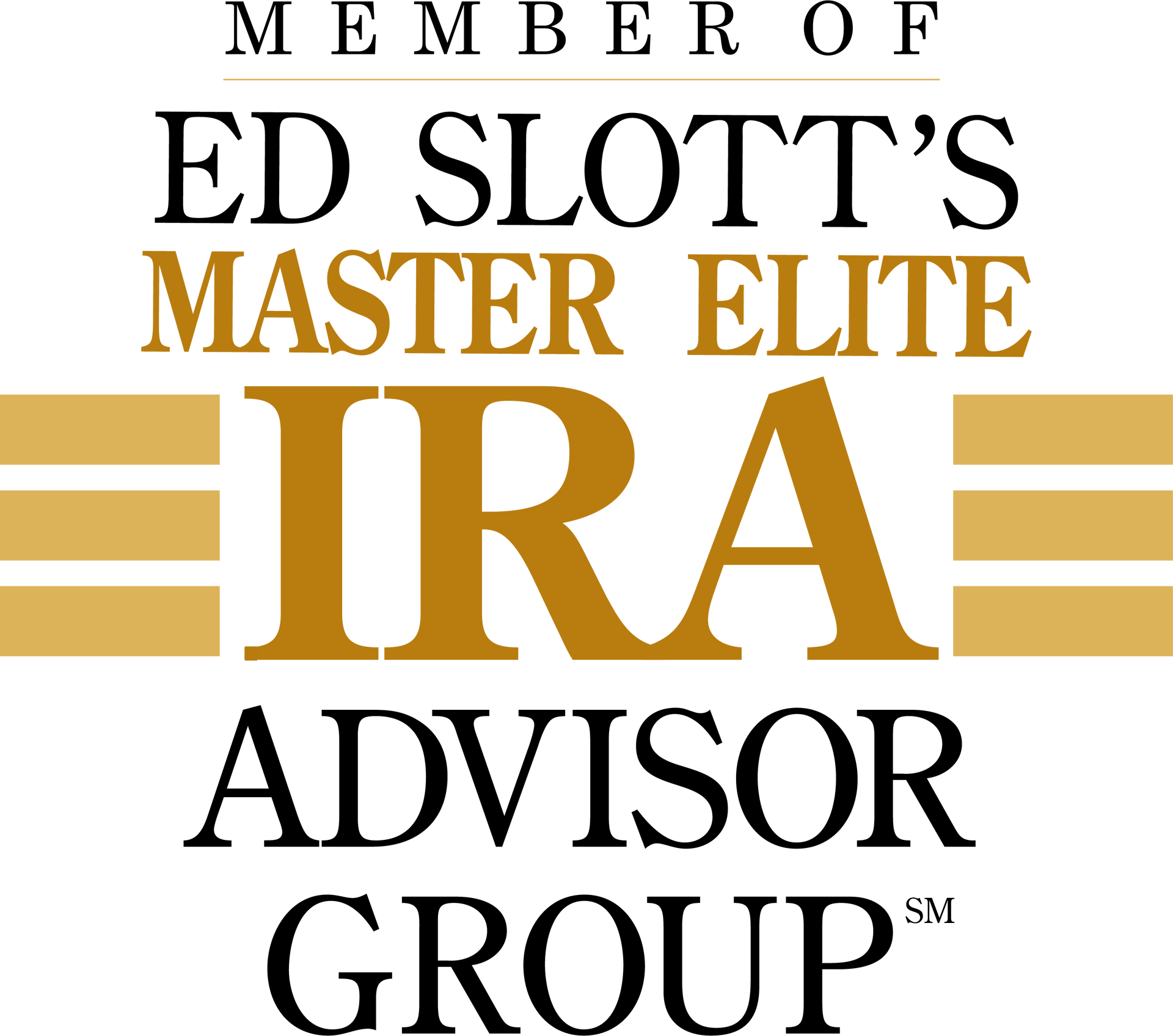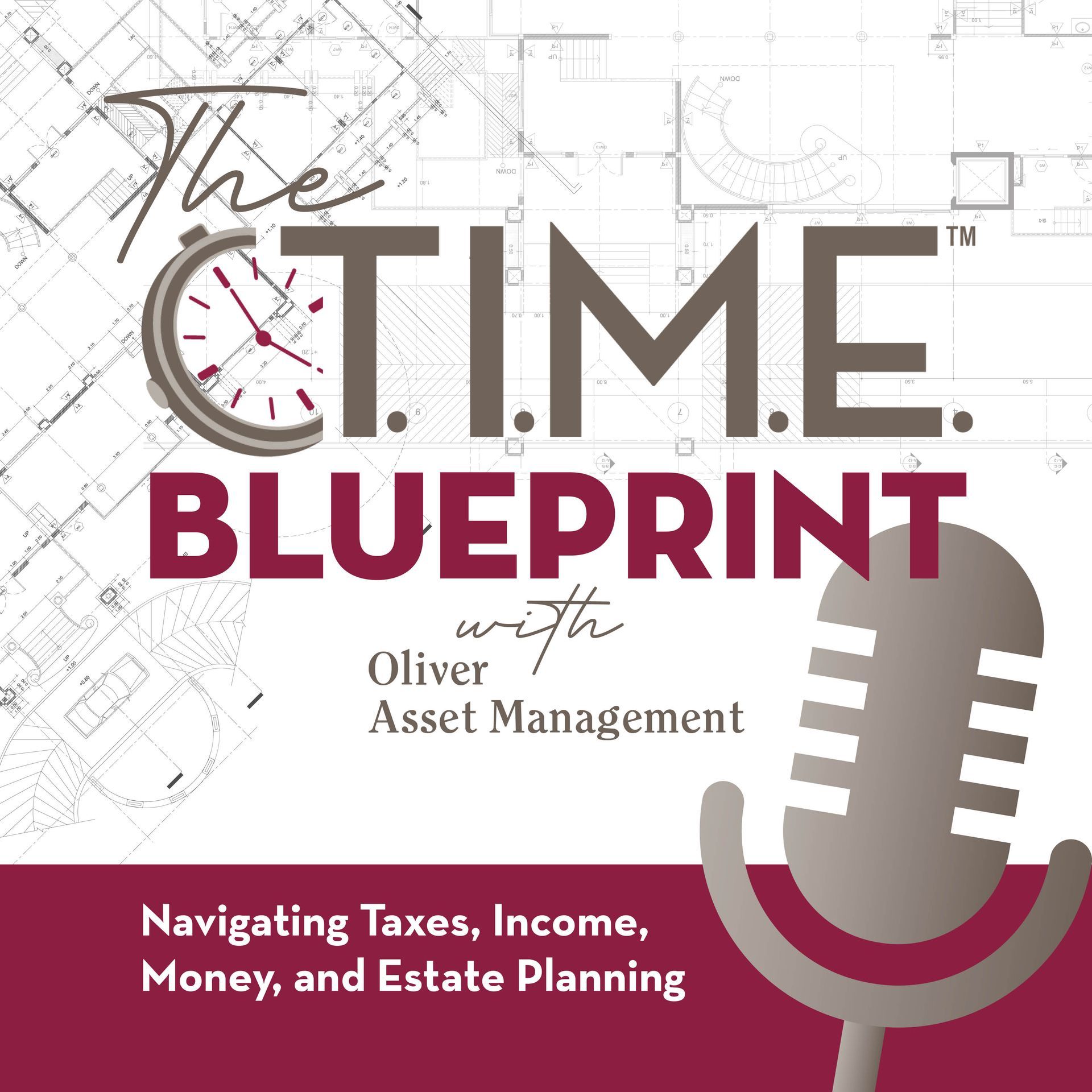What is a recharacterization?
In the simplest of terms, a recharacterization is an “undo.” It treats an IRA contribution as if it were made as a Roth contribution and vice versa.
1. Meet the deadline. A recharacterization must be completed by October 15 of the
year after the year for which the contribution was made. That means that a January 10
contribution for the prior year must be recharacterized by October 15 of the current year,
but a January 10 contribution made for the current year can be recharacterized through
October 15 of the following year. If you miss the October 15 deadline, the only way to get an
extension is to go for a private letter ruling from the IRS.
2.
Make a trustee-to-trustee transfer back to the receiving account. A recharacterization must be made via a trustee-to-trustee transfer. It cannot be done using
a 60-day rollover.
3. Know the difference between the amount recharacterized and the total funds
transferred to the receiving account. The recharacterized amount is the total dollar
amount of the initial contribution you wish to undo. But, total funds transferred must
include the earnings (or losses) attributed to the recharacterized amount. Knowing the
difference between these two values will help make sure that the recharacterization is
properly reported on your tax return.
4. Find out your custodian’s policies. Under the tax code, you are allowed to
recharacterize all or just a portion of a contribution. Your custodian, however, may not be
as flexible. This is particularly common with annuities or other contractual investments. In
other cases, you may be restricted by account minimums that must be maintained.
5. Get your money back! If you recharacterize a Roth contribution to an IRA after you
have filed your tax return(s) for the year of contribution, you will need to file an amended
return(s) so the IRS and your state know that you are no longer responsible for tax on
the contribution. If you’ve already paid all or a portion of the tax, you’ll get those amounts
back… plus interest!
Frank Oliver is a member of Ed Slott’s Master Elite IRA Advisor Group and is dedicated to helping diligent savers enter the second half of retirement with a plan to help avoid tax and distribution planning risks that can wipe away the sacrifice and hard-earned money made during their working years.
Frank attends regular trainings and conferences to stay up to date on the changing tax laws and evolving strategies to best help Colorado retirees avoid potential tax hikes and help reduce their tax bills in retirement.
Get access to Oliver Wealth Management's Exclusive Ed Slott Master Elite IRA Toolbox below for tools, strategies and resources to help you develop your IRA and retirement tax minimization strategy.
Content provided by Ed Slott and Company, LLC © 2022. Click here to see original document.















